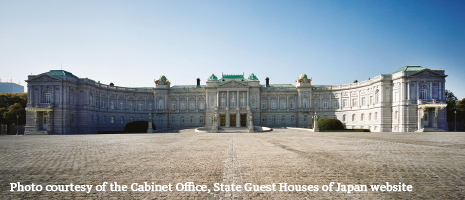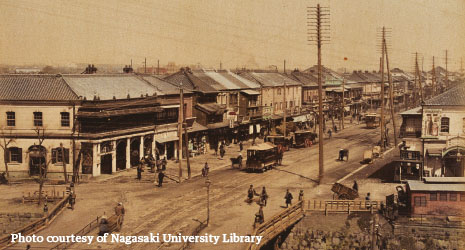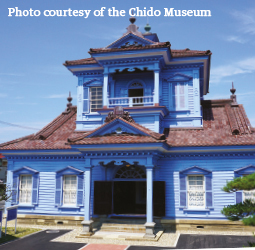Home > Highlighting JAPAN > Highlighting Japan October 2018 > Policy-Related News
Highlighting JAPAN


Restoring the Meiji Spirit 150 Years After It Emerged
The year 2018 marks the 150th anniversary since the Meiji Period began. Countless government offices, local community organizations and businesses throughout Japan are working on “Meiji 150th” projects to commemorate the spirit of a pivotal era in the nation’s history.
“The ‘Meiji 150th’ project has two main goals,” says Yasuhiko Uekusa, the cabinet secretariat in charge of projects related to the anniversary. “The first is to have the next generation of young Japanese learn about the spirit of Meiji, to prompt them to think about the future of Japan. The Meiji Period (1868-1912) began after the confusion that marked the late years of the Edo Period (1603-1867). It was a time when people got hired according to their abilities, and young men and women created new opportunities for themselves.
“Interestingly, Japan’s current situation—a high rate of aging, low birth rate, and unsettled international relationships—is very similar to the beginning of the Meiji Period, when the way forward was unclear,” Uekusa points out. “It would therefore be beneficial to have the younger generation rediscover the Meiji spirit, to find the grit to face new challenges head-on.”
Uekusa says the second goal is to preserve a record of later Meiji achievements for the next generation.
“We want people to think about the Meiji Period as a whole,” he explains. “Major changes in Japan’s political system, technological development, industrial progress and innovations in education came about during this period. With that in mind, we’ve been collecting and digitally archiving documents and photos from the whole Meiji Period as well as restoring and fixing buildings so that the younger generation can comprehend this part of their past.”
There are many projects related to the Meiji 150th in progress: As of June 2018, the government has 159 of them, private groups have 391, and local communities another 3,659. Each government division and organization has incorporated local color, history and culture, so there are a great variety of projects.
Uekusa adds: “The Meiji Period is often associated with revolutionaries from the southern areas of Japan—current Kagoshima, Yamaguchi, Kochi and Saga. While there are many related projects in those areas, many other regions are noteworthy as well.”
For instance, during Japan’s period of isolation during the Edo Period, Nagasaki was Japan’s only point of access to the outside world. After the capital was moved to Tokyo, Kyoto sought to regain dynamism through the construction of the Lake Biwa Canal. Fukushima was the battlefield where the government and shogunate fought. Hokkaido, which is also celebrating its 150th anniversary, was named by a late Edo- early Meiji Period explorer, Takeshiro Matsuura. Tokyo boasts the Togu Palace, home to the crown prince, and the Akasaka Palace State Guest House, which is now open to the public.
“We want people to feel the spirit of Meiji from various sides,” Uekusa notes. “Not only Japanese visitors, but international visitors as well, perhaps will see Japan from another perspective.”
According to Uekusa, while the Meiji 150th celebration holds a powerful message for the next generation, it is also a great tool for strengthening local tourism in regions around Japan. “We expect an economic boost from people visiting historical buildings, special exhibitions and important locations,” he says. Looking to the past to find inspiration for the future, Uekusa hopes that many people will get the opportunity to experience the Meiji 150th events.
Although there are only two months left to the 150th year since the beginning of the Meiji Period, events are scheduled to continue into 2019. Uekusa hopes those interested will contact local tourism offices and visit the many sights.
© 2009 Cabinet Office, Government of Japan







